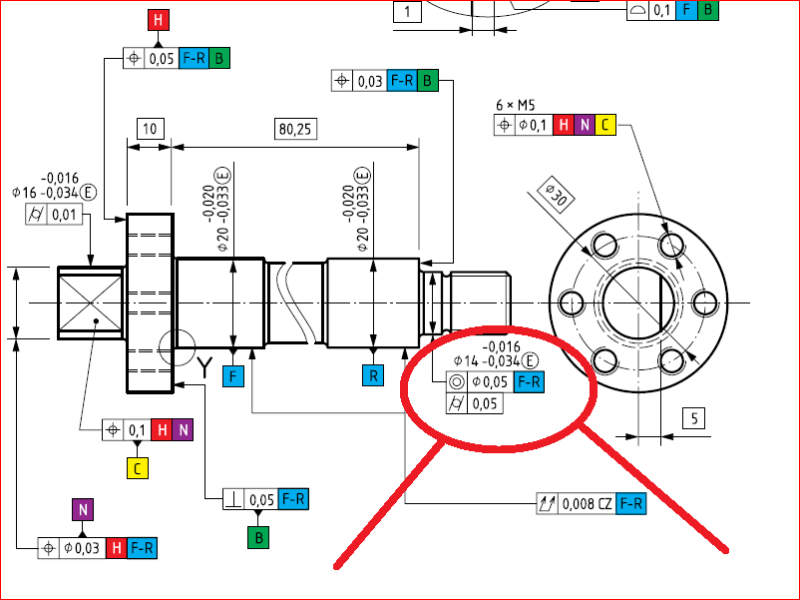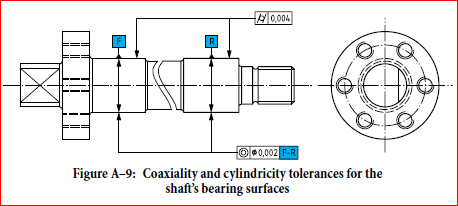greenimi
Mechanical
- Nov 30, 2011
- 2,392
I read some previous discussions about ISO and how ISO position is defined differently than ASME position:
I would like in this new thread to clarify what aspects/ characteristics of form, position in ISO is controlling? In other words, I would like to understand a little bit in more details position in the European system ISO.
Per previous discussion:
ISO - position tolerance controls location of extracted median line, extracted median surface or extracted (actual) center of the sphere. Since by definition extracted median line and extracted median surface are imperfect, position tolerance has control over form of these derived features, thus over certain aspects of form of the feature of size.
I would like in this new thread to clarify what aspects/ characteristics of form, position in ISO is controlling? In other words, I would like to understand a little bit in more details position in the European system ISO.
Per previous discussion:
ISO - position tolerance controls location of extracted median line, extracted median surface or extracted (actual) center of the sphere. Since by definition extracted median line and extracted median surface are imperfect, position tolerance has control over form of these derived features, thus over certain aspects of form of the feature of size.


